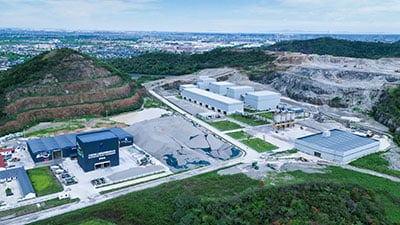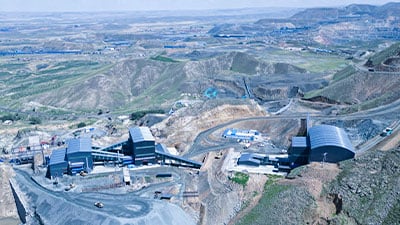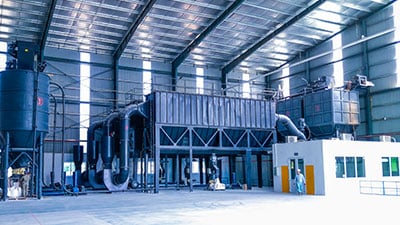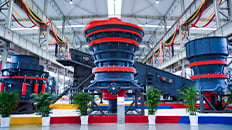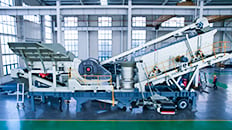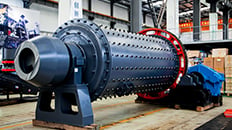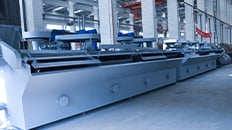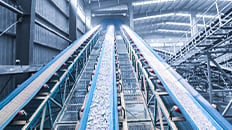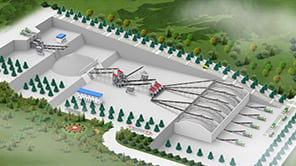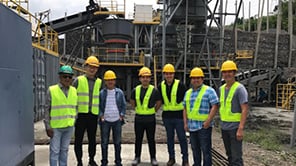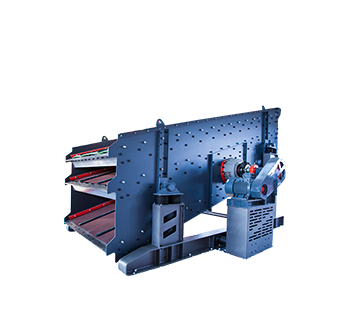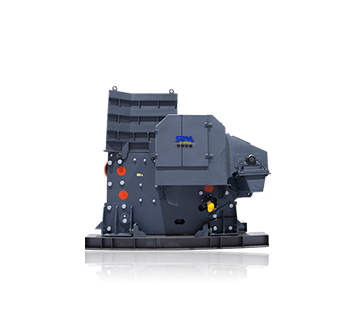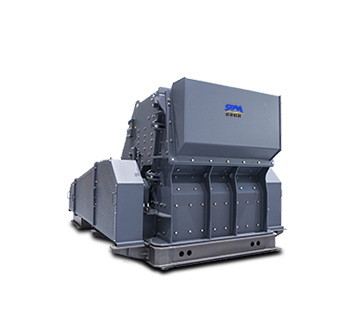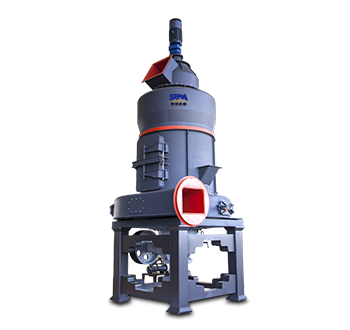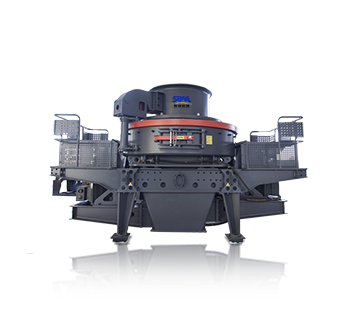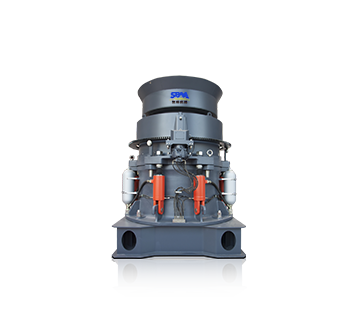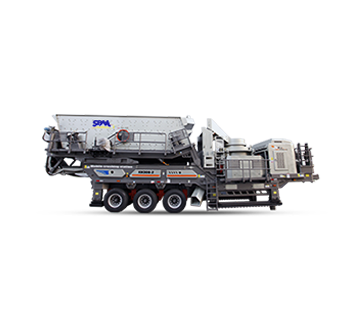Summary:The low grinding efficiency, low processing capacity, high production energy consumption, and unstable product fineness of the ball mill are the problems that most of the users in the industry will encounter. How to effectively improve the grinding efficiency of the ball mill is an important issue.
The low grinding efficiency, low processing capacity, high production energy consumption, and unstable product fineness of the ball mill are the problems that most of the users in the industry will encounter. How to effectively improve the grinding efficiency of the ball mill is an important issue.
Here are 10 ways to improve the grinding efficiency of ball mill.

1. Change the grindability of raw ore
The hardness, toughness, dissociation and structural defects of the raw ore determine the difficulty of grinding. If the grindability is small, the ore is easy to grind, the wear of the lining plate and grinding balls of ball mill is smaller, and the energy consumption is also small; otherwise, the wear and energy consumption will be large. The property of the raw ore directly affects the productivity of ball mill.
In production, if the raw ore is hard to grind or the required products are fine, it can be considered to adopt a new treatment process to change the grindability of the ore when the economy and site conditions permit:
- One method is to add certain chemicals during the grinding process to improve the grinding effect and increase the grinding efficiency;
- Another method is to change the grindability of the ore, for example, heating each mineral in the ore, changing the mechanical properties of the whole ore, reducing the hardness, etc.
2. “More crushing and less grinding”, reduce the feed particle size of grinding ore
The larger the grinding particle size is, the more power the ball mill needs to do to the ore. To achieve the required grinding fineness, the workload of the ball mill is bound to increase, and subsequently, the energy consumption and power consumption will also increase.
In order to reduce the feed particle size of the grinding ore, the particle size of the crushed ore product is required to be small, which is, "more crushing and less grinding". Moreover, the efficiency of crushing process is significantly higher than that of grinding process, and the energy consumption of crushing process is low, about 12% to 25% of the energy consumption of grinding process.
3. Reasonable filling rate of grinding balls
Under the condition that the ball mill rotates at a certain speed and the filling rate is large, the steel balls will hit the material more times, the grinding area is large, and the grinding effect is strong, but the power consumption is also large, and the high filling rate is easy to change the motion state of the steel balls, reduce the impact on large particle materials. On the contrary, if the filling rate is too small, the grinding effect is weak.
At present, many mines set the filling rate at 45%~50%. But the actual filling rate should be decided according to the situation, because the actual conditions of each dressing plant are different, copying other people's data for ball loading cannot achieve the ideal grinding effect.
4. Reasonable size and ratio of steel balls
Since the steel balls in the ball mill are in point contact with the ore, if the diameter of steel balls is too large, the crushing force will also be large, causing the ore to be broken along the direction of penetration force instead of breaking along the crystal interface of different minerals with weaker binding force, crushing is not selective, not in line with the purpose of grinding.
In addition, in the case of the same filling rate of steel balls, too large ball diameter leads to too few steel balls, low crushing probability, aggravated over crushing phenomenon, and uneven product particle size. If the steel ball is too small, the crushing force on the ore is small, and the grinding efficiency is low. Therefore, the precise steel ball size and its ratio are very important to the grinding efficiency.
5. Accurately add steel balls
In production, the grinding action of steel balls and ore will cause the wear of steel balls, resulting in the change of the ratio of steel balls of various sizes, affecting the grinding process and resulting in the change of the fineness of grinding products, so it needs a reasonable steel ball supplement system to make the production stable.
6. Appropriate grinding concentration
The grinding concentration affects the specific gravity of the pulp, the degree of adhesion of the ore particles around the steel balls and the fluidity of the pulp.
The grinding concentration is low, the pulp flow is fast, and the adhesion degree of the material around the steel ball is low, so that the impact and grinding effect of the steel ball on the material is weak, the discharge particle size is unqualified, and the grinding efficiency cannot be exerted;
The grinding concentration is high, the adhesion of the material around the steel balls is good, and the impact and grinding effect of the steel balls on the material are good, but the slurry flow is slow, which is easy to cause the material to be over-crushed, which is not conducive to improving the processing capacity of the ball mill.
In production, the grinding concentration is often controlled by controlling the amount of ore fed to the mill, or the amount of water supplied to the mill, or by adjusting the grading function, and controlling the particle size composition and moisture in the grading and returning sand.
7. Optimize the grinding process
In actual production, the grinding process can be optimized according to the ore properties of the original ore, such as the embedded particle size of useful minerals, the degree of monomer dissociation, and the embedded particle size of gangue minerals. Operations such as pre-tailing, pre-enrichment, stage grinding, pre-classification and other operations can be adopted to optimize the grinding system, which, on the one hand, can reduce the amount of grinding, and on the other hand, can recovery of useful minerals in time.
8. Improve classification efficiency
The influence of classification efficiency on grinding efficiency is self-evident. High classification efficiency means that qualified particles can be discharged in a timely and efficient manner, while low classification efficiency means that most of the qualified particles are not discharged and are returned to the mill for regrinding, which is easy to cause overgrinding, thus affecting the later classification effect.
The classification efficiency can be improved by adopting two-stage classification or improving classification equipment.
9. Appropriately increase the graded sand return ratio
The sand return ratio is the ratio of the sand return amount of the ball mill to the raw ore feeding amount, and its size directly affects the productivity of ball mill. One way to improve the sand return ratio of the dressing plant is to increase the original ore feeding amount, and the other way is to reduce the shaft height of the spiral classifier.
However, the improvement of the sand return ratio also has a certain limit. When it increases to a certain value, the increase in the productivity of the ball mill is very small, and the full ore feeding of the mill is close to the maximum processing capacity of the mill, which is easy to cause swelling, so the sand return ratio should not be too large.
10. Automatic control of the grinding system
There are many variable parameters in the grinding operation, and one change will inevitably lead to the successive changes of many factors. If manual operation control is used, the production will inevitably be unstable, and the automatic control of the grinding operation can keep the grinding classification stable and suitable for the requirements. It can also improve the grinding efficiency.
According to foreign reports, the automatic control of the grinding and grading circuit can increase the production capacity by 2.5%~10%, and the power consumption can be saved by 0.4~1.4kWh/t when processing one ton of ore.
In the grinding process, there are many factors that affect the grinding efficiency. Many factors can only be analyzed and judged qualitatively, and it is difficult to analyze quantitatively. Obtain reasonable parameters in various aspects to guide on-site production, so as to reduce production costs and achieve the purpose of energy saving and consumption reduction.

